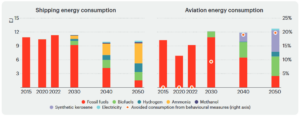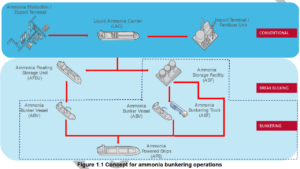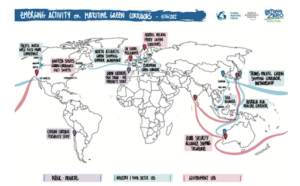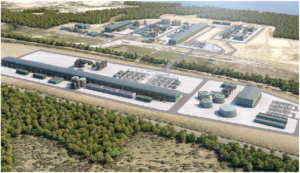Maritime Industry Targets Ammonia Fuel to Decarbonize Shipping
In the last 12 months ... The International Maritime Organization issued its Initial GHG Strategy, committing the global shipping industry to emission reductions that cannot be achieved with carbon-based fuels. This single action is the regulatory trigger that unleashes a three-decade transition to carbon-free liquid fuels like ammonia. The target date for this 50% reduction in emissions is 2050 but, given the long economic life of ocean vessels, the transition must begin immediately.








